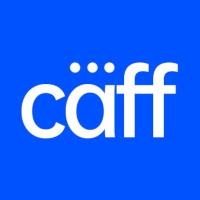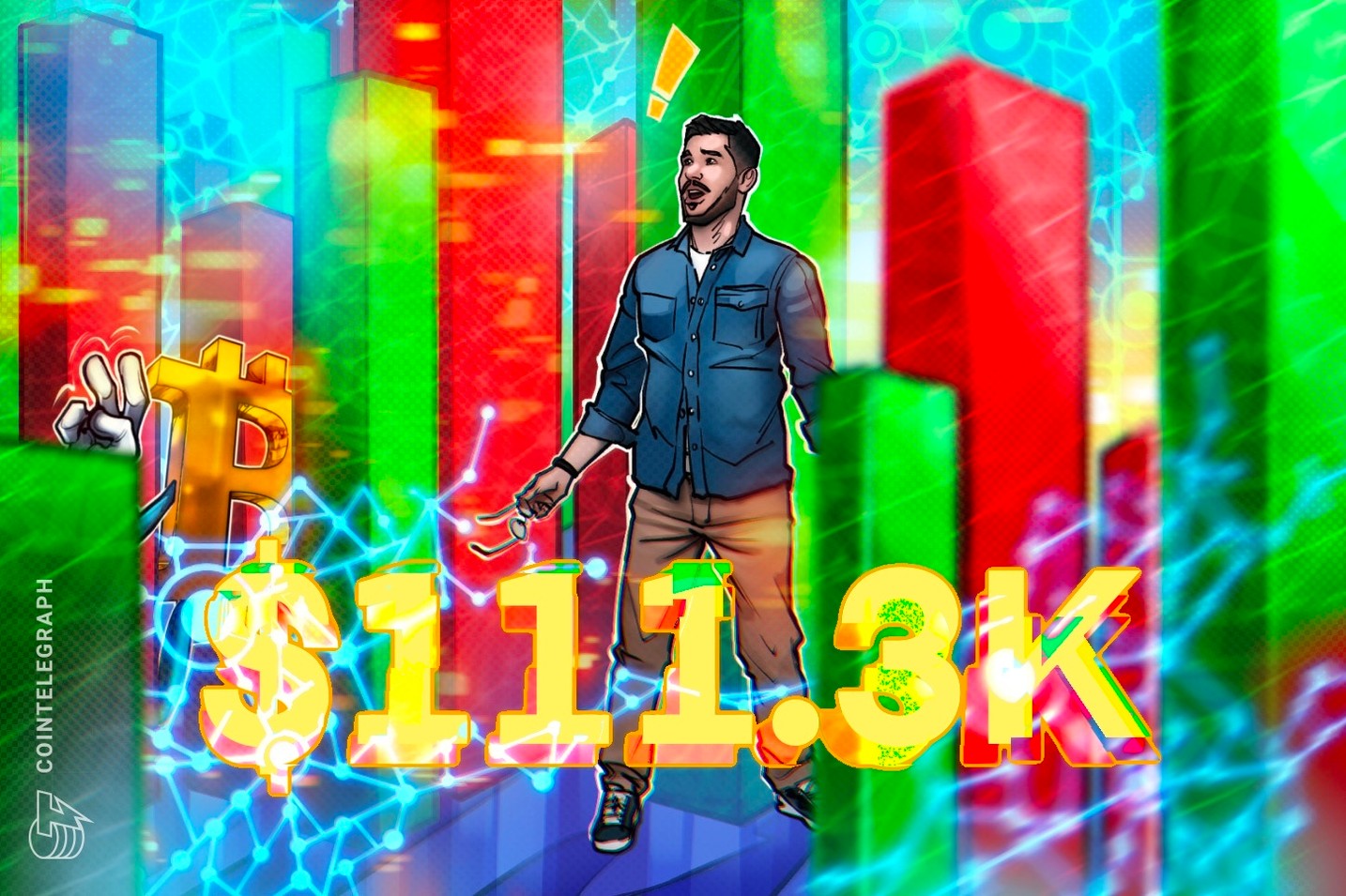How can you easily grasp the latest Web3 industry trends, including market trends, technological developments, ecosystem progress, and governance? Web3Caff Research's "Market Trends Insight" column will delve into the front lines, screen current hot topics, and provide valuable insights, commentary, and analysis. See the essence behind the phenomena and quickly follow us to capture the latest Web3 market trends.
Author: wuyue.eth , Researcher at Web3Caff Research
Cover: Typography by Web3Caff Research
Word count: about 2900+ words
While blockchain technology has made significant progress in decentralized finance (DeFi), it still faces significant limitations in driving the development of large-scale consumer applications. Existing blockchain systems generally face performance bottlenecks, including low throughput, high latency, and high interaction costs. These issues severely restrict the feasibility of developers building real-time, highly concurrent applications on-chain. Consequently, despite blockchain technology being considered a crucial infrastructure for the next generation of the open internet, its current practical applications remain primarily focused on financial scenarios, failing to effectively expand into areas requiring high interactivity and real-time responsiveness, such as gaming, social networking, and the metaverse.
Against this backdrop, Somnia was proposed as a high-performance, cost-effective EVM-compatible Layer 1 blockchain designed to address the aforementioned scalability challenges. Its mainnet launch was announced on September 3, 2025. Somnia aims to break through the architectural limitations of existing blockchains, supporting over 1 million transactions per second and achieving sub-second transaction finality, thereby providing the underlying infrastructure for scalable, large-scale consumer applications. Its goal is to create a technical environment for developers that delivers Web2-level user experiences while also possessing the openness and composability of Web3.









